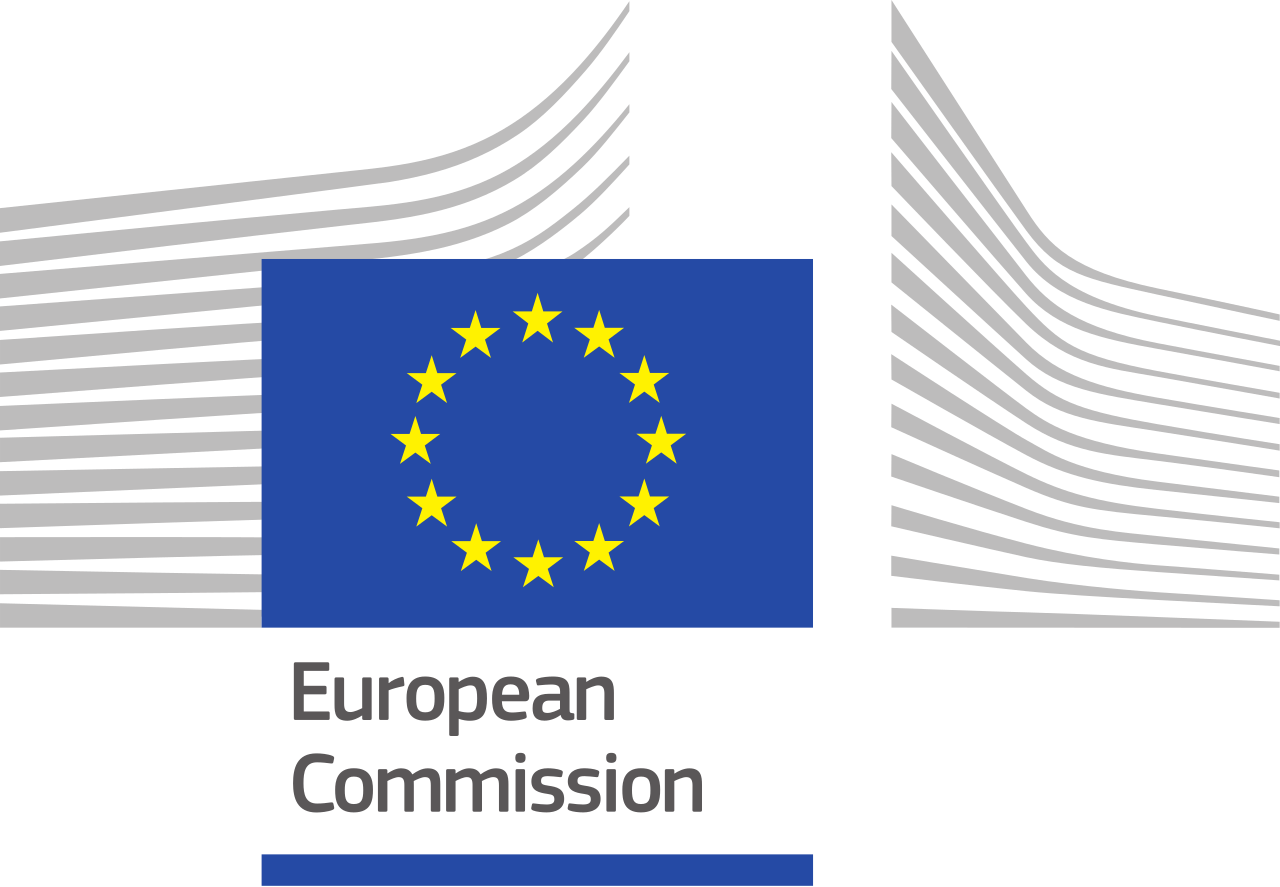Intro
Integrated national climate and energy ‘policies and measures’ (PaMs) cover all actions which contribute to meeting the objectives of the integrated national energy and climate plans.
European countries are committed to adopting, implementing and planning policies and taking the corresponding measures to achieve climate change mitigation and energy targets, such as reducing greenhouse gas (GHG) emissions, producing additional renewable energy, or reducing overall energy consumption.
All European countries report information on implemented, adopted or planned PaMs every 2 years under the Governance of the Energy Union and Climate Action Regulation and its two Implementing Regulations (EU) 2020/1208 and (EU) 2022/2299. This information is submitted through Reportnet platform where individual submissions and supporting documents, such as reporting guidelines can be accessed. The EEA compiles, checks the quality and disseminates officially reported, annually updated, information on policies and measures.
About integrated national climate and energy policies and measures
PaMs are reported in relation to a dimension of the Energy Union (Decarbonisation: GHG emissions and removals; Decarbonisation: Renewable energy; Energy efficiency; Energy security; Internal energy market; Research, innovation and competitiveness. The reported information includes for each of the single PaMs (or groups of PaMs):
- key characteristics of the PaMs, such as their description, objective, type, status, relevant energy union dimension(s), sectors affected, related Union Policy, entities responsible for their implementation, implementation period, etc;
- where available, quantitative information on the expected (ex-ante) and achieved (ex-post) policy effects, such as GHG emissions savings achieved by PaMs (or groups of PaMs), as well as renewable energy produced and energy reductions delivered by energy efficiency;
- where available, the projected and realised costs and benefits of the reported individual or groups of PaMs on mitigation of climate change, renewable energy production and energy efficiency;
- where relevant, information on new PaMs from the Energy Efficiency Directive (EED);
- where relevant, information related to Article 5 and Article 7 of the EED;
Information reported by European countries on their policies is used to monitor climate and energy action and progress at a national level. It can also serve to assess and evaluate existing policies and to help inform decisions about new policies.
Only EU27 countries report on new energy-related dimensions of PaMs reporting.
What the data are telling us
- European countries report increasing numbers of national PaMs, including PaMs to reduce GHG emissions, produce additional renewable energy, or reduce overall energy consumption;
- However, the number of national PaMs reported by a country is not necessarily related to its level of ambition;
- Quantitative information on policy effectiveness did not improve and remains highly incomplete, especially concerning the realised effects (ex-post), on the emission savings, renewable energy production or energy savings, of existing measures;
- Information on monetary cost and benefits and non-greenhouse gas mitigation benefits remains under reported;
- Reporting of new cross-cutting requirements on financing and air quality is incomplete;
- Publicly available information on national PaMs is a valuable resource and supports policy assessments and evaluations.
More resources on European environment and climate policies:
- Quality checked information on PaM’s key characteristics and progress towards implementing PaMs, available through the EEA PaM database;
- Quality checked data from previous reporting cycles, available through the EEA’s datahub;
- Reported data, available through Reportnet 3 platform.

